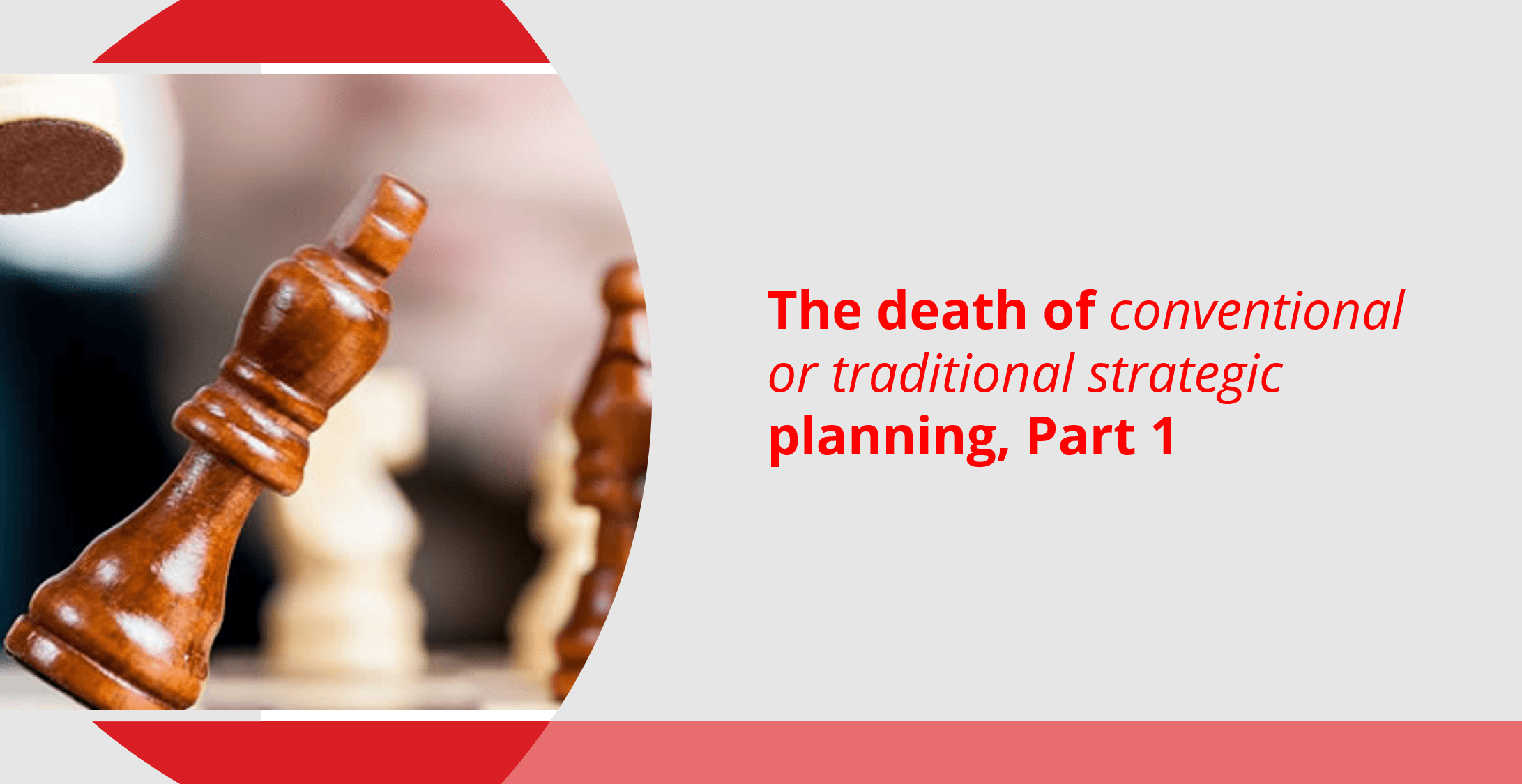Get a copy of any strategic plan, and you will see lots of analysis paralysis but no strategy. The simple test is: what is the strategy in the strategic plan document?
Many leaders have a document named a strategic plan when such a document is a research paper. It has lots of SWOT – strengths, and weaknesses, opportunities and threats analysis listed. You find the entire section of the analysis, micro, and macro-economic reviews but no input to strategy. Such ‘literature review is so generic that you change the name of the company, it fits perfectly for another company.’
Many leaders focus on having a ‘strategic plan document’ without asking deeply, what is our winning formulae? What choices have we made of the things we shall do and the things we shall not do during the planning period.
You do not want a document that defines doing everything that the company leaders and founders may think of. Such is not a strategy. It is called the free-wheeling opportunisms.
This mistake is caused by the death of creative thinking and originality.
Many consultants and executive love templates, models, and tools in strategic planning. The most used, and abused strategic planning tools include:
- The conventional strategic planning process
- Goals and SMART objectives
- SWOT analysis
- PESTLED
- 6 Ms
- Product Growth Strategy
- Balanced Scorecard
- Generic Risk Assessment Tool
- Budget
- M&E Tool
To mentioned but eight.
Whereas these tools/templates/models are fantastic, many of them were developed at the time of the second and third industrial revolution. However, in this fourth industrial revolution characterized by big data, machine learning, internet of things and many more new developments like robotics, virtual reality and covid19 viruses that are novel, many models have become obsolete.
It is time to reclaim your creativity with modern ways of planning.
Let’s look at each tool one by one:
The conventional strategic planning process
Enter any company’s planning session, the process starts with
“vision – where do we want to be?”
Mission – how do we get there?
Goals and objectives – what are our overarching or ambitious goals? And what are our objectives – which members spend a lot of time trying to make SMART – specific, measurable, attainable, realistic and time-bound
Values – what are the values to guide our behavior?
SWOT analysis – what are our strengths and weakness (internal analysis) and our opportunities and threats (external analysis). A lot of issues are considered in a tick box exercise, and unfortunately, these are not linked to strategy whatsoever. It is just a listing of all possible issues…
Strategic options generation, which involves using the Michael Porters strategic choice analysis
Strategic option selection
Implementation
Strategy evaluation at the end of the year!
Whereas some models/tools/ approaches are still relevant today, the flow and practice have since changed. Values that define behavior are critical. However, it is nonsense to anchor your company’s strategic process for the next 10 years on the vision and mission that were developed 20 or 30 years ago! So many things have changed since then
For that reason, the modern strategic planning process does not start with the vision or mission. It starts with defining the company’s stakeholders and clarifying what winning means to the stakeholders. And then followed by exploring the opportunities available and the challenges standing in the way to winning. Such a process is practical and contextual. Unlike the traditional approach that focuses on external analysis, the modern approach examines how the company can leverage the current capabilities to tap into available opportunities while overcoming any impediments to growth from the industry structure, segment, and the relative capabilities and costs…
In this covid19 environment, where business fundamentals are changing so rapidly, it is time wasting to use traditional models and approaches. In the next series, I will explain why some management tools and models are no longer appropriate for today’s enterprise.
Companies that are winning never followed such models. Other companies win not because their planning is effective. It is because they are in a business that is ripe for success. However, instead of moving at 150 kilometer per hour in terms of business growth, they move at just 30 km/h due to a poor strategy that is badly executed.
I have traveled to Asia and the United Arab Emirates speaking about the #Winning the Game strategic planning process, which helps craft an organic strategy. Feel free to contact me for a discussion.
Copyright Mustapha B Mugisa, 2020. All rights reserved.









